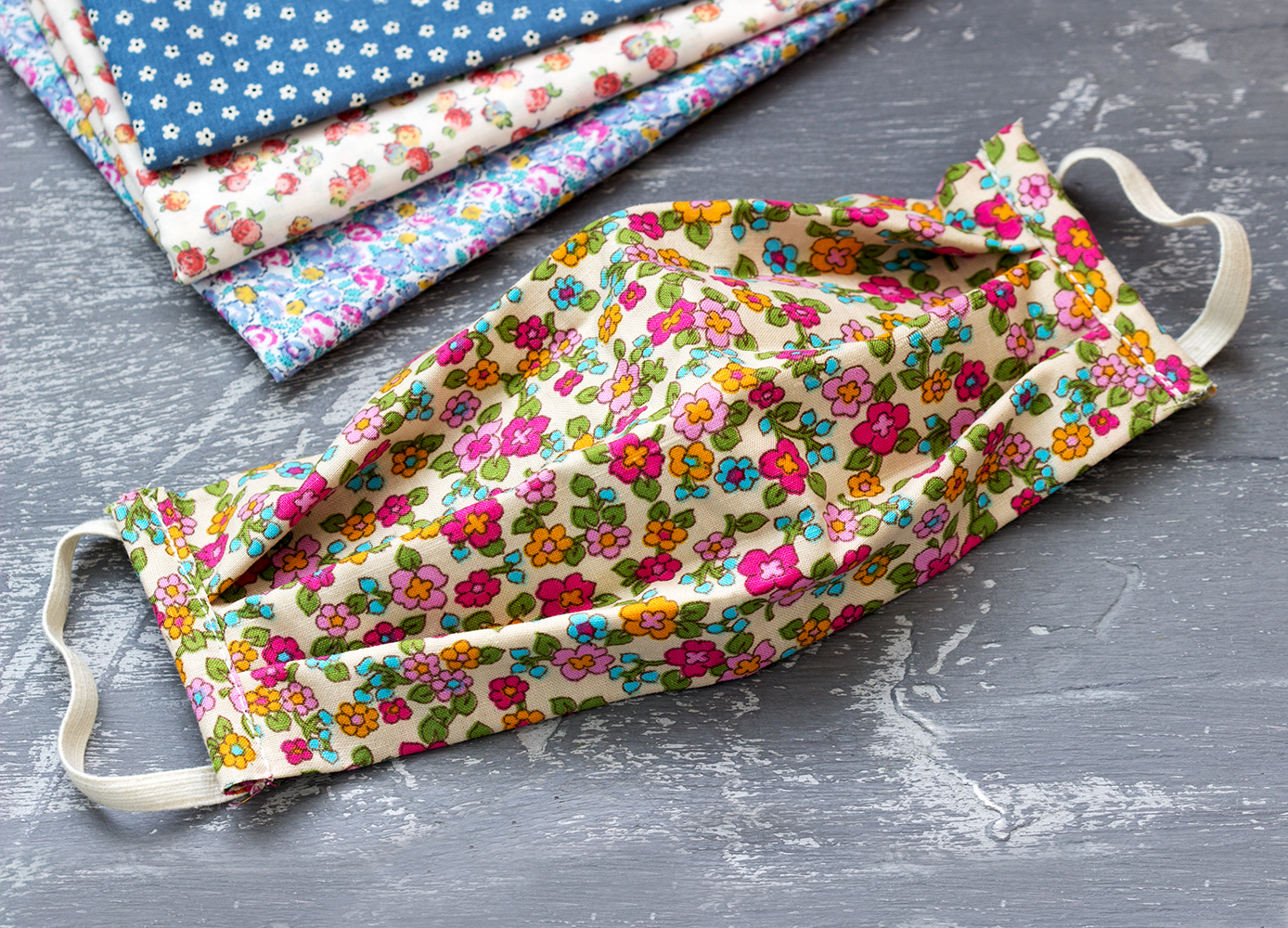Here’s how to make the most out of a fabric mask
According to Canada’s chief public health officer, Dr. Theresa Tam, wearing non-medical face masks while out in public can reduce the spread of COVID-19. Such masks are now hard to find, and many are making them themselves at home. While Tam reiterates that such a mask won’t protect you from others carrying the virus in the same way an N95 mask would (those are for health-care professionals treating the sick), they are an “additional measure you can take to protect others around you.”
“[A non-medical mask] can reduce the chance of your respiratory droplets coming into contact with others or landing on surfaces,” she said in a press conference.
Wearing a fabric mask should be combined with frequent handwashing, as well as not touching your face.
For those contemplating making their own masks, a new study sheds light on which fabrics and styles provide the most protection. Researchers with the American Chemical Society found that tight cotton masks with another layer of chiffon are the best—a loose mask won’t do the trick. “A one per cent gap reduced the filtering efficiency of all masks by half or more, emphasizing the importance of a properly fitted mask,” the society said in a release.
Researchers put different fabrics to the test by using an aerosol mixing chamber to see how much moisture could penetrate various masks. They found that those with one layer of cotton followed by two layers of polyester-spandex chiffon (a sheer fabric often used in lingerie) provided the best protection, blocking 80% to 99% of particles in the air. They saw similar results when they replaced the chiffon with silk.
If you want to make your own mask at home for you or your family, you’ll find plenty of tutorials on YouTube. (There are lots of videos for no-sew varieties, too.)
Photo: iStock/Janna Danilova.






